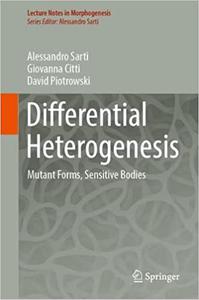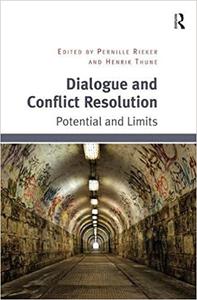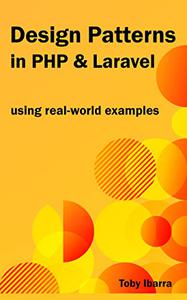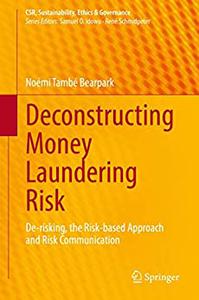Differential Heterogenesis Mutant Forms, Sensitive Bodies

Differential Heterogenesis: Mutant Forms, Sensitive Bodies
English | 2022 | ISBN: 303097796X | 227 Pages | PDF EPUB (True) | 64 MB
This book describes about unlike usual differential dynamics common in mathematical physics, heterogenesis is based on the assemblage of differential constraints that are different from point to point. The construction of differential assemblages will be introduced in the present study from the mathematical point of view, outlining the heterogeneity of the differential constraints and of the associated phase spaces, that are continuously changing in space and time. If homogeneous constraints well describe a form of swarm intelligence or crowd behaviour, it reduces dynamics to automatisms, by excluding any form of imaginative and creative aspect. With this study we aim to problematize the procedure of homogeneization that is dominant in life and social science and to outline the dynamical heterogeneity of life and its affective, semiotic, social, historical aspects. Particularly, the use of sub-Riemannian geometry instead of Riemannian one allows to introduce disjointed and autonomous areas in the virtual plane. Our purpose is to free up the dynamic becoming from any form of unitary and totalizing symmetry and to develop forms, action, thought by means of proliferation, juxtaposition, and disjunction devices. After stating the concept of differential heterogenesis with the language of contemporary mathematics, we will face the problem of the emergence of the semiotic function, recalling the limitation of classical approaches (Hjelmslev, Saussure, Husserl) and proposing a possible genesis of it from the heterogenetic flow previously defined. We consider the conditions under which this process can be polarized to constitute different planes of Content (C) and Expression (E), each one equipped with its own formed substances. A possible (but not unique) process of polarization is constructed by means of spectral analysis, that is introduced to individuate E/C planes and their evolution. The heterogenetic flow, solution of differential assemblages, gives rise to forms that are projected onto the planes, offering a first referring system for the flow, that constitutes a first degree of semiosis.


![S.T.A.L.K.E.R. 2 / STALKER 2: Heart of Chornobyl - Ultimate Edition (2024) [+UPDATE 23.12.2024 - v1.1.3] ElAmigos / Polska wersja językowa](https://i.postimg.cc/Zqd8RWGY/UZG8PBE.jpg)



















































![David Gilmour - Luck and Strange (2024) [FLAC]](https://i.imgur.com/everaBc.jpeg)
![Męskie Granie Orkiestra - Męskie Granie 2024 (2024) [FLAC]](https://i.imgur.com/FAyOxrM.jpeg)
![The Rolling Stones - Hackney Diamonds (2023) [FLAC]](https://i.imgur.com/wCkyyUN.jpg)
![Lady Gaga - Harlequin (2024) [FLAC]](https://i.imgur.com/dcgIA8D.jpeg)
![Natalia Kukulska - Dobrostan (2024) [FLAC]](https://i.imgur.com/bdljG3O.jpeg)
![Kaśka Sochacka - Ta druga (2024) [FLAC]](https://i.imgur.com/hORQKvn.jpeg)
![Kuba Sienkiewicz - Pani Bóg (2024) [FLAC]](https://i.imgur.com/qijCx8Z.jpeg)
![Lanberry - Heca (2024) [FLAC]](https://i.imgur.com/8P7QfeR.jpeg)
![Sara James - PLAYHOUSE (2024) [FLAC]](https://i.imgur.com/m4f8OKg.jpeg)
![Grzegorz Hyży - EPILOG (2024) [FLAC]](https://i.imgur.com/8DA2sBr.jpeg)
![Myslovitz - WIECZORAMI CHŁOPCY WYCHODZĄ NA ULICE (2024) [FLAC]](https://i.imgur.com/l9mMtIG.jpeg)
![Krzysztof Zalewski - ZGŁOWY (2024) [FLAC]](https://i.imgur.com/vh48RAc.jpeg)
![Krzysztof Cugowski - Wiek to tylko liczba (2024) [FLAC]](https://i.imgur.com/SBzgqe2.jpeg)
![Nosowska - Kasia i Błażej (2024) [FLAC]](https://i.imgur.com/mObvVXQ.jpeg)
![sanah - Pianinkowe Kaprysy (2024) [FLAC]](https://i.imgur.com/pVjjPAa.jpeg)
![Kwiat Jabłoni - Pokaz slajdów (2023) [FLAC]](https://i.imgur.com/diERHfZ.jpg)
![Robert Cichy - Spacer po Warszawie (2024) [FLAC]](https://i.imgur.com/ixleU9o.jpeg)
![Viki Gabor - Terminal 3 (2024) [FLAC]](https://i.imgur.com/Q1KCnDs.jpeg)
![Sanah - Kaprysy (2024) [FLAC]](https://i.imgur.com/71OZm4h.jpeg)
![Męskie Granie Orkiestra - Męskie Granie 2023 (2023) [FLAC]](https://i.imgur.com/U4YHo8d.jpg)




